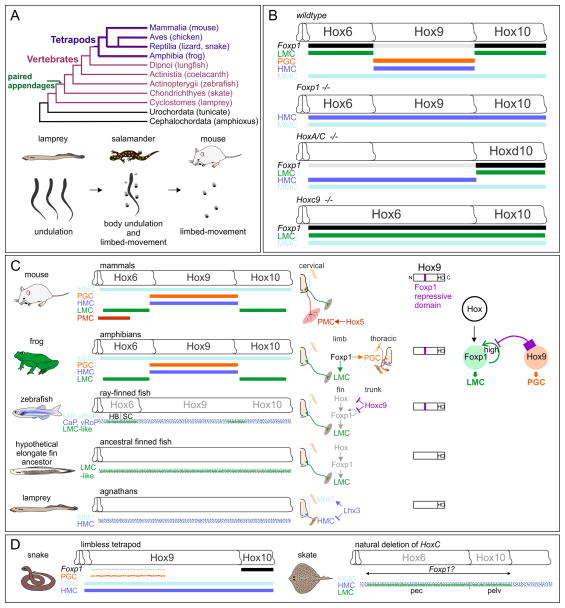Figure 3. Evolutionary Diversity of Spinal Motor Neurons.
(A) Evolution of locomotor strategies. Top: A chordate phylogeny showing representative species of tetrapods (dark purple) and vertebrates (light purple). Chondrichthyans represent the most primitive species bearing paired appendages. Bottom: Comparisons of locomotor behaviors in lamprey, salamander and mouse.
(B) Altered MN columnar organization in Foxp1 and Hox mutants. In Foxp1 mutants Hox-dependent spinal MN columns (LMC and PGC) are transformed into an HMC-like “ground state”, which may represent a primitive condition. PMC neurons are present in Foxp1 mutants, but not depicted. Loss of LMC neurons at brachial levels is achieved only when HoxA and HoxC gene clusters are mutated. Lumbar LMC neurons are preserved in HoxA/C cluster mutant mice due to Hoxd10 activity. Deletion of the Hoxc9 gene causes global derepression of brachial Hox genes resulting in an extension of the brachial LMC throughout thoracic levels. MMC neurons are considered Hox-independent as their molecular profiles are preserved in each of these mutants.
(C) A model showing how MN organization has evolved with changes in body plans. A subset of MNs in agnathan vertebrates (represented by modern lampreys) may have lost Lhx3 activity, permitting the generation of HMC-like neurons. The acquisition of paired-appendages promoted the generation of LMC-like populations, which may have been initially present at most spinal levels. A repressive domain within Hox9 proteins necessary to suppress LMC specification appears to have emerged when the elongate fin split into pectoral and pelvic fins. Studies in zebrafish suggest the pectoral fin MNs were initially positioned in both the hindbrain (HB) and spinal cord (SC) (Ma et al., 2010). Pelvic fin innervating MNs do not align with Hox10 gene expression (Murata et al., 2010). In mammals, PMC neurons are specified by Hox5 proteins and are Foxp1-independent (Philippidou et al., 2012).
(D) In snake embryos expansion of Hoxc9 expression blocks LMC generation. The enlarged-finned fish skate, which naturally has lost the HoxC cluster, may have extended LMC population along the anteroposterior axis of the spinal cord.

